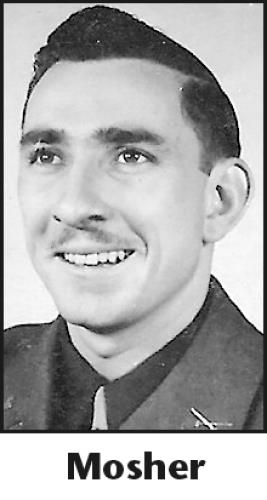




Even though Grand-Pierre saved Félix’s life afterward, Félix still blames him for the deaths of his entire family, including his older sister, whom Grand-Pierre loved. Grand-Pierre was a sharpshooter during the war, and the German troops carried out reprisals. Over time, Félix tells Zazoo some of the village’s darker secrets, such as why Grand-Pierre refuses to go into town (especially to the pharmacy), and why some residents consider Grand-Pierre a hero but others call him the Cemetery. Marius’s question starts a friendship between Zazoo and Félix, in which he helps her correspond with Marius, who lives in Paris. He asks Zazoo a puzzling question about the village pharmacist, Félix Klein, a gray-haired Jew in his early 60s. He claims that she saved him from the ghosts of his past, and her gentle compassion toward him is moving.Įarly one morning, a handsome 16-year-old stranger named Marius shows up on his bicycle. Zazoo’s serious, contemplative nature is heightened by her worries about Grand-Pierre’s waning memory. The canal is Zazoo’s natural habitat: she swims underwater and rows the small, flat-bottomed boat Grand-Pierre built for her. The two live in an old stone mill on a canal, where Grand-Pierre tends the lock. She affectionately calls him Grand-Pierre ( grand-père is French for grandfather). Zazoo is a Vietnamese orphan adopted as a toddler by a Frenchman named Pierre, then 67 and now 78. She also learns that the same person can be both good and bad, kind and cruel. Zazoo, the 13-year-old protagonist, learns a great deal about life, death, war, love and reconciliation. This lyrical book, set in rural France, weaves together three love stories: one between two modern French teens, and two involving men over age 60 devastated by the same catastrophe during World War II. By Richard Mosher – Houghton Mifflin, 2001


 0 kommentar(er)
0 kommentar(er)
